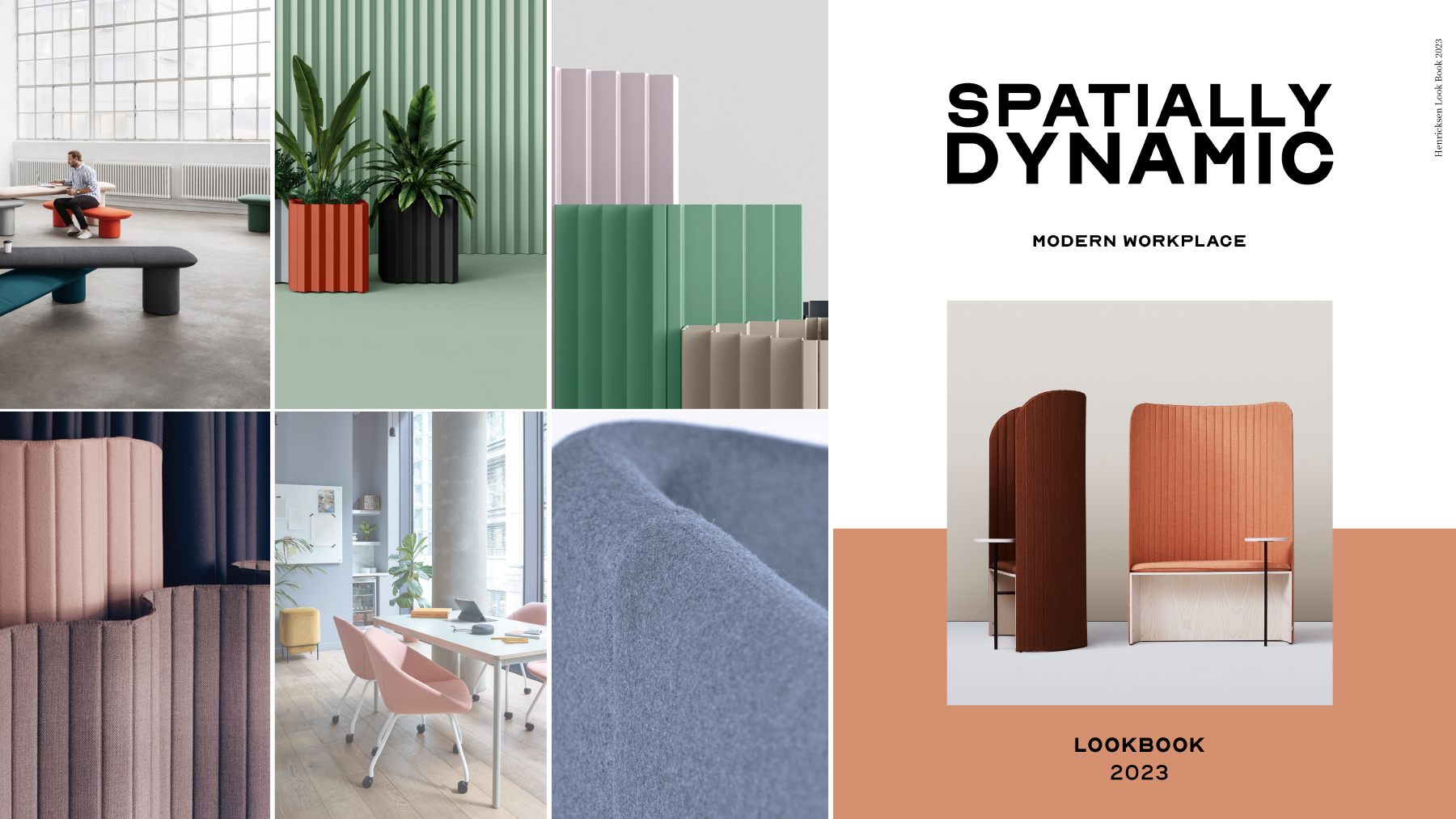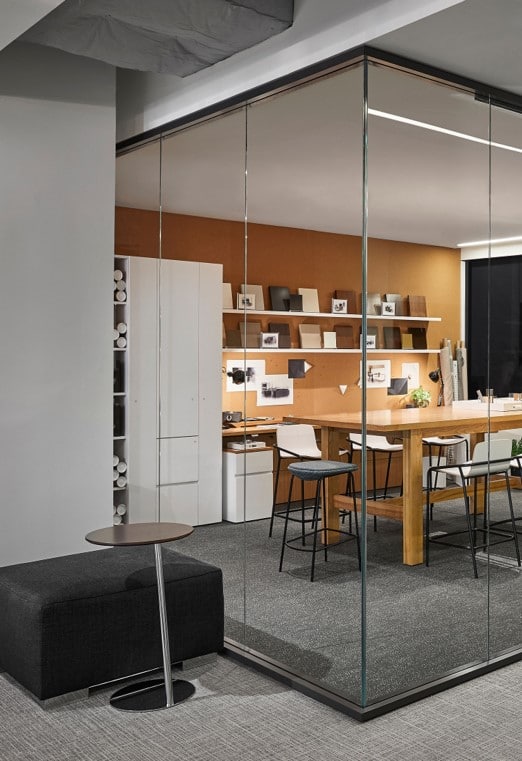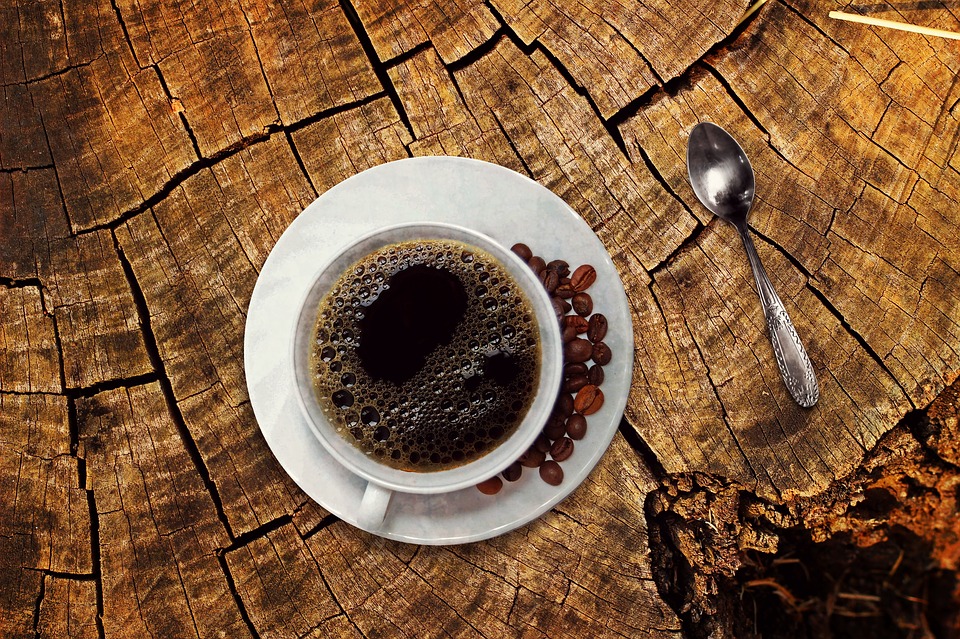The 1990’s Office Design and the Dot Com Boom:
After the bright, bold and even garish interior design trends of the 1970’s and 1980’s, the 1990’s saw the pendulum swing in the opposite direction.
It was time to play it safe. Boring beige became the favorite ‘go to’ color. In contrast, home interior designs that weren’t predominantly beige often featured damask or heavy floral patterns on everything from walls to textiles to rugs. Not the bright, fresh ‘flower power’ floral of the hippie era, but darker, heavier styles you’d associate with the Victorian era.
While the bland office design style of the 1990’s was a bit of an anti-climax, things were definitely improving on the technology side.
Personal computers became a staple in every office and people began hearing about the hip new start-up known as ‘Google’. Who’d have thought that ‘Google’ would evolve from being a just a name to a verb?
If the 1990’s had a claim to fame, it was as the beginning of the tech, or dot com era.
Wood furniture fell out of favor and upholstered office chairs with swivel metal bases became the norm along with more utilitarian work surfaces designed to accommodate computers and printers.
“Until the late 1980s, desks remained a place for paperwork and “business machines”, but the personal computer was taking hold in large and medium-sized businesses. New office suites included a “knee hole” credenza which was a place for a terminal or personal computer and leopard tray. Soon, new office designs also included “U-shape” suites which added a bridge worksurface between the back credenza and front desk. During the North American recession of the early 1990s, many managers and executive workers were required to do word processing and other functions previously completed by typing pools and secretaries. This necessitated a more central placement of the computer on these “U-shape” suite desk systems.”
While computers were revolutionizing the way people worked, office design virtually stagnated. Cubicles were still the norm, only by now, even more ‘bare bones’ and utilitarian than before. The vast majority in boring beige, brown, or grey. The number of workers employed increased along with office space costs meaning more and more cubicles were jammed into less and less space, consequently cubicles had to become smaller.
 The 1990’s were definitely not the most creative of times for office decor and design. Perhaps that’s why at a time when every business began sporting their own website, we saw a proliferation of funky font designs and incredibly irritating animated gifs.
The 1990’s were definitely not the most creative of times for office decor and design. Perhaps that’s why at a time when every business began sporting their own website, we saw a proliferation of funky font designs and incredibly irritating animated gifs.



